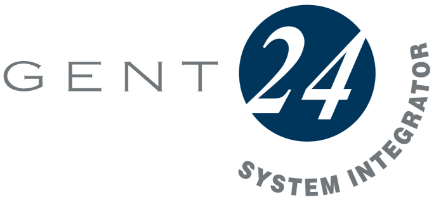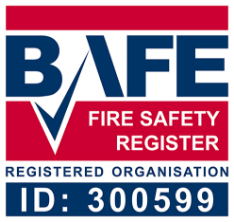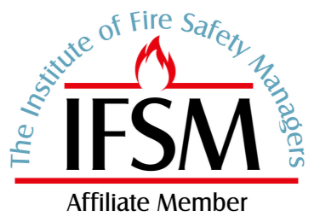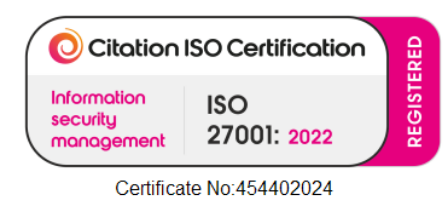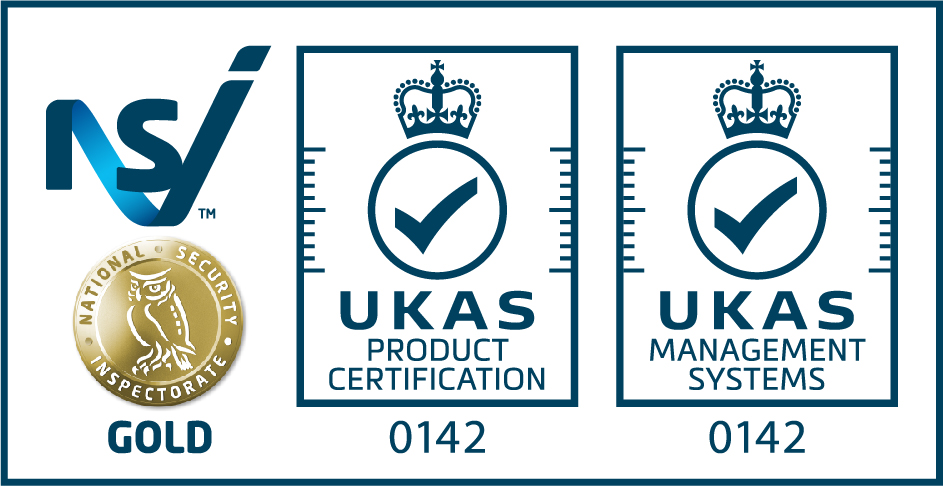Did you know that by 2025, remote CCTV monitoring will power over 60% of commercial surveillance solutions across the UK? Property crime is evolving, and traditional security measures often fall short when it matters most.
This guide explains how remote CCTV monitoring can proactively secure your property, deter intruders before they act, and deliver real-time protection in today’s fast-changing threat landscape.
We will explore how remote CCTV monitoring works, its key benefits, the latest technology trends for 2025, step-by-step setup, compliance and privacy issues, and expert tips for choosing the right provider.
Stay ahead of risks and discover practical steps to safeguard your property with confidence.
How Remote CCTV Monitoring Works
The security landscape is evolving fast, and remote CCTV monitoring is now central to protecting property across the UK. By connecting CCTV systems to offsite monitoring centres, businesses and homeowners gain a proactive layer of defence that goes far beyond traditional video recording. This section explains how remote CCTV monitoring works, the step-by-step process, and who benefits most from its implementation.

What is Remote CCTV Monitoring?
Remote CCTV monitoring is a security solution where live camera footage is observed by trained professionals at an offsite location. Unlike traditional CCTV, which simply records events for later review, remote CCTV monitoring enables immediate response to incidents as they unfold.
The system relies on secure internet connections to transmit video feeds from the property to an Alarm Receiving Centre (ARC). This setup allows operators to monitor activity around the clock, whether for commercial premises, construction sites, or vacant properties.
The difference is clear: traditional CCTV is reactive, offering evidence after an incident, while remote CCTV monitoring is proactive, stopping threats in real time. In fact, 24/7 monitoring can reduce incident response times by up to 80% (Farsight, 2021). For a deeper understanding of how this service works in practice, see the CCTV remote monitoring services overview.
The Remote Monitoring Process Step-by-Step
Setting up remote CCTV monitoring starts with expert installation of cameras and system integration. Each camera is positioned to cover vulnerable areas, and the system is configured to send live feeds directly to the ARC.
Here’s how the process works step by step:
- Camera footage is transmitted securely to the ARC using encrypted connections.
- Advanced analytics and sensors trigger alarms for unusual activity or unauthorised access.
- Operators receive instant alerts, visually verify the situation, and assess the threat.
- If required, operators issue live audio warnings via loudspeakers to deter intruders.
- If the threat persists, escalation procedures are activated, notifying keyholders or emergency services.
- Continuous monitoring ensures the incident is managed until fully resolved.
This proactive approach means that threats are often identified and addressed before damage or theft occurs. By leveraging remote CCTV monitoring, organisations can ensure both rapid response and ongoing vigilance.
Types of Properties and Users Who Benefit
Remote CCTV monitoring is highly versatile, making it suitable for a wide range of users. Commercial buildings, retail outlets, warehouses, and car parks all benefit from enhanced protection. Construction sites, often targeted by thieves for valuable equipment, are prime candidates.
High-value residential estates and homes also gain peace of mind, while public sector properties such as schools, councils, and healthcare facilities improve safety and compliance. Notably, 16 of the UK’s largest car dealership groups now employ remote CCTV monitoring (Farsight), illustrating its scalability for both single-site and multi-site operations.
With its ability to adapt to diverse environments, remote CCTV monitoring continues to prove its value across the UK’s security landscape.
Key Benefits of Remote CCTV Monitoring in 2025
Remote CCTV monitoring offers a new standard in property protection for 2025. Businesses and homeowners are turning to this proactive approach to stay ahead of evolving threats, reduce risk, and gain peace of mind. Let us explore the key benefits that make remote CCTV monitoring an essential security investment for the modern era.
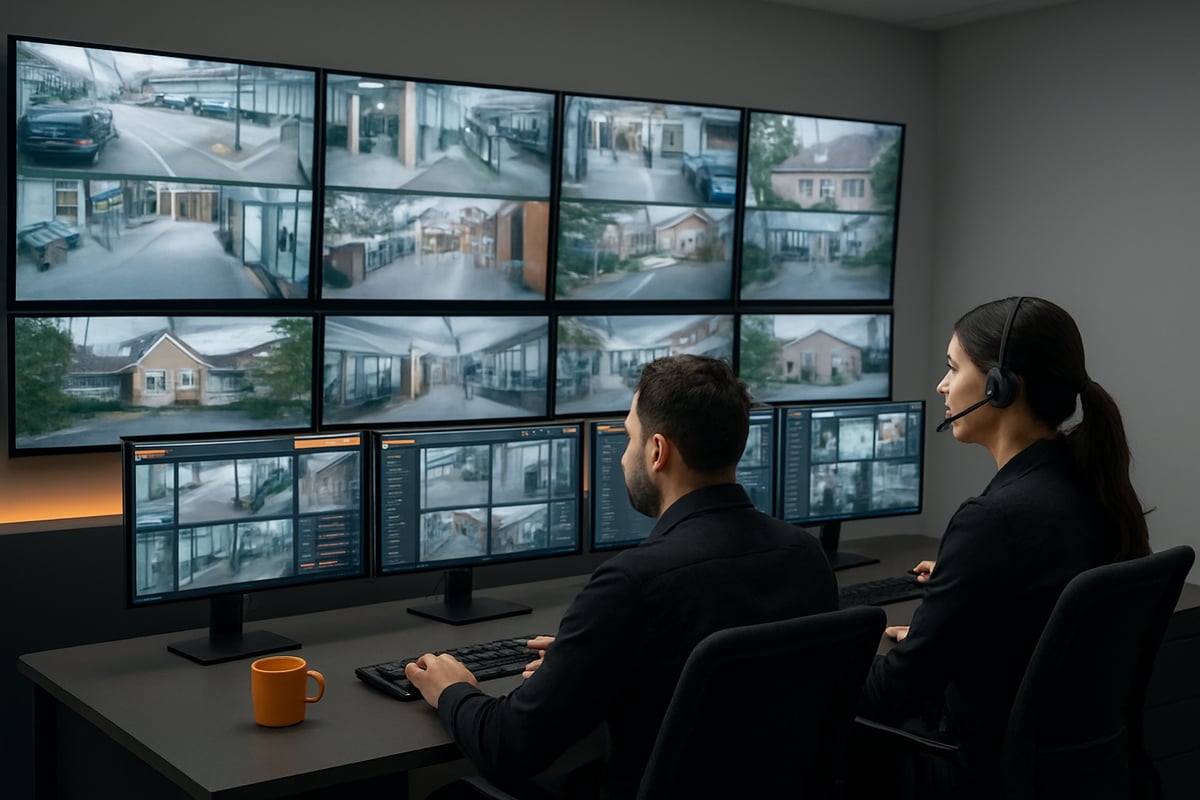
Enhanced Crime Deterrence and Response
Remote CCTV monitoring delivers real-time detection and swift intervention. Unlike traditional systems that simply record incidents, remote CCTV monitoring involves trained professionals who monitor live feeds and act instantly. Audio challenges, where operators address intruders via loudspeakers, have proven to deter nine out of ten would-be trespassers.
Immediate escalation is a core advantage. Operators can alert keyholders and emergency services within seconds, reducing response times and preventing losses. For example, construction sites using remote CCTV monitoring have reported significant reductions in theft and vandalism after implementation.
For organisations seeking constant vigilance, solutions like 24/7 security system protection ensure that properties are never left vulnerable, day or night.
Cost-Effectiveness and Resource Optimisation
Remote CCTV monitoring offers a cost-effective alternative to deploying on-site security guards. By leveraging technology, businesses can monitor multiple locations simultaneously, reducing the need for physical patrols and minimising staffing costs.
Consider the following comparison:
| Feature | Remote CCTV Monitoring | On-Site Guards |
|---|---|---|
| 24/7 Coverage | Yes | Expensive/Rotational |
| Immediate Police Contact | Yes | Limited |
| False Alarm Reduction | High | Low |
| Scalability | Easy | Difficult |
Reduced false alarms and unnecessary callouts are another benefit. Customisable monitoring schedules, such as out-of-hours or 24/7, provide flexibility. Many insurers offer lower premiums for properties protected by remote CCTV monitoring, delivering measurable return on investment.
Advanced Analytics and Proactive Protection
Modern remote CCTV monitoring integrates advanced analytics, including AI-powered motion detection, facial recognition, and line crossing alerts. These features enable operators to identify suspicious behaviour such as loitering or perimeter breaches before incidents escalate.
Smart alerts can be configured for specific threats, providing operators with actionable intelligence. Remote control capabilities, like pan, tilt, and zoom, allow for precise incident assessment and evidence gathering. For instance, retailers have used analytics to spot theft patterns and adjust their security strategies accordingly.
Remote CCTV monitoring systems continue to evolve, ensuring proactive protection through intelligent automation and data-driven insights.
Transparency, Reporting, and Peace of Mind
Transparency is at the heart of remote CCTV monitoring. Clients receive access to detailed incident logs, video footage, and real-time updates through secure online platforms.
Key features include:
- Instant access to recorded events and live feeds
- Comprehensive incident reporting for insurance or legal use
- Data-driven insights to identify vulnerabilities and improve security
Platforms such as YourSight offer clients a window into their security operations, fostering trust and accountability. With remote CCTV monitoring, property owners gain peace of mind, knowing that their assets are being protected by both technology and human expertise.
Latest Technology Trends in Remote CCTV Monitoring for 2025
Remote CCTV monitoring is evolving rapidly, driven by advances in technology and shifting security demands. In 2025, staying ahead of threats means embracing innovations that enhance detection, responsiveness, and integration. Let us examine the key trends shaping the future of remote CCTV monitoring.

Cutting-Edge Camera Hardware and Integration
The foundation of effective remote CCTV monitoring lies in robust camera hardware. High-definition cameras now deliver crystal-clear images, even at night, thanks to advanced night vision and thermal imaging capabilities. PTZ (pan, tilt, zoom) cameras provide flexible coverage and rapid tracking.
Compatibility with leading brands like Hikvision, Dahua, Axis, and Avigilon ensures seamless integration. Hybrid and IP-based systems offer scalability, enabling expansion across multiple locations. For example, many retail chains deploy integrated solutions across all their branches, centralising security operations and improving incident response.
These developments empower organisations to optimise surveillance coverage and adapt quickly to evolving threats.
AI-Powered Video Analytics and Automation
Artificial intelligence is transforming remote CCTV monitoring by enabling smarter, more proactive surveillance. Deep learning algorithms analyse live footage in real time, recognising objects, behaviours, and potential threats. Automated threat assessment reduces operator fatigue, ensuring critical events are never missed.
Smart notifications can be sent instantly to control rooms or mobile devices, allowing for rapid intervention. According to CCTV Monitoring Trends in 2025, AI analytics are now reducing false alarms by up to 60 percent. Retailers are using these insights to identify theft patterns and address vulnerabilities.
By leveraging AI, remote CCTV monitoring becomes a powerful tool for both prevention and response.
Cloud-Based Monitoring and Data Security
Cloud technology is revolutionising remote CCTV monitoring by streamlining data management and accessibility. Secure, encrypted transmission of footage ensures privacy and integrity. Cloud storage allows for instant retrieval and backup of video evidence, providing peace of mind in the event of incidents.
Adhering to GDPR and best practices in cyber security is vital. Cloud-based platforms enable property managers to monitor sites remotely, regardless of location. This flexibility enhances operational efficiency and supports rapid decision-making.
With cloud integration, remote CCTV monitoring adapts to modern business needs and strengthens overall security posture.
Integration with Other Security Systems
Modern remote CCTV monitoring systems are rarely standalone. Integration with access control, fire alarms, and intruder detection systems creates a unified approach to property management. Centralised dashboards provide a holistic view, streamlining incident response and daily operations.
For critical infrastructure, combining CCTV and fire alarm monitoring enhances safety and compliance. Businesses benefit from real-time alerts and automated workflows, reducing manual intervention and human error.
As technology advances, remote CCTV monitoring will continue to play a pivotal role in comprehensive security strategies, adapting to the demands of complex, multi-layered environments.
Step-by-Step Guide: Setting Up Remote CCTV Monitoring
Setting up remote cctv monitoring is straightforward when you follow a structured approach. Each step ensures your surveillance system is optimised for proactive security, immediate response, and ongoing peace of mind.
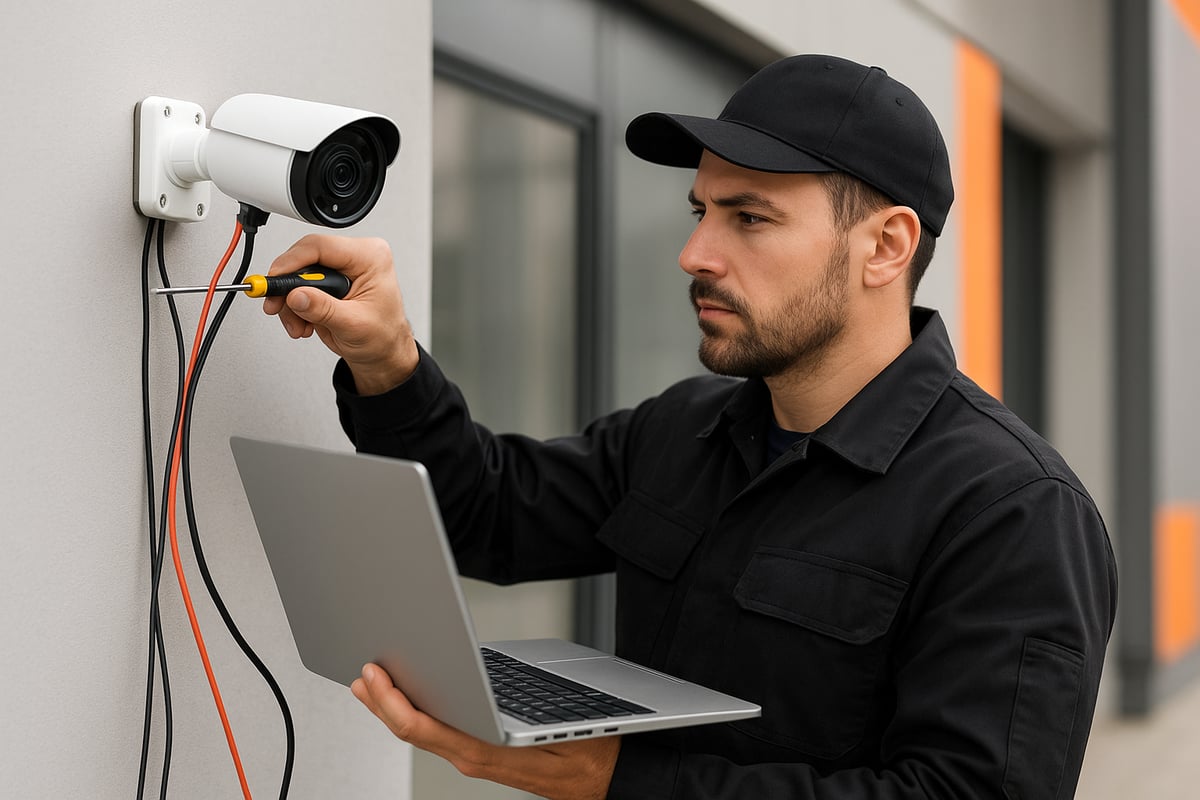
1. Assessing Your Security Needs
Start with a thorough site survey to map out vulnerable areas and blind spots on your property. Identify entrances, exits, and spaces prone to unauthorised access. Conduct a risk assessment focusing on threats like theft, vandalism, or trespassing. This step is essential for tailoring your remote cctv monitoring to your unique requirements.
2. Choosing the Right CCTV System
Select cameras that suit your environment, such as dome, bullet, or PTZ models. Ensure your chosen system is compatible with remote cctv monitoring platforms. For commercial properties, reviewing a Commercial CCTV solutions overview can help you understand available options and features. Proper placement is vital for maximum coverage and minimal blind spots.
3. Professional Installation and Configuration
Engage certified professionals for installation to guarantee optimal camera angles and secure mounting. A robust network setup is fundamental for remote cctv monitoring, requiring stable internet connections and secure cabling. Technicians will configure your system to support live streaming and alarm integration, ensuring seamless operation from day one.
4. Connecting to a Remote Monitoring Centre
Establish a secure connection between your CCTV system and the Alarm Receiving Centre (ARC). Configure alarm triggers for events like motion detection or line crossing. Define response protocols, such as escalation to keyholders or emergency services, to ensure rapid intervention when remote cctv monitoring operators identify a threat.
5. Testing and Commissioning the System
Conduct a soak test, typically over two weeks, to verify system performance and minimise false alarms. Fine-tune detection zones and alert thresholds based on real-world activity. This phase is crucial for remote cctv monitoring, as it ensures your system responds accurately to genuine incidents and not environmental factors.
6. Training and Ongoing Support
Train your staff or occupants on using the monitoring platform, accessing live feeds, and responding to alerts. Provide clear guidelines for emergency procedures. Ongoing technical support and maintenance access are vital for addressing any issues promptly, helping your remote cctv monitoring system remain effective.
7. Regular Maintenance and Optimisation
Schedule regular inspections and software updates to keep your system running smoothly. Troubleshoot any connectivity or hardware issues early. Review incident reports generated by your remote cctv monitoring provider to identify trends and refine your security measures, ensuring continuous improvement and robust protection.
Compliance, Privacy, and Best Practice Considerations
Navigating compliance and privacy is essential for any remote cctv monitoring strategy. The UK’s regulatory landscape is strict, with specific requirements for how surveillance data is collected, stored, and accessed. Understanding these obligations helps ensure your system is both effective and legally sound.
Regulatory Framework
Remote cctv monitoring must comply with the General Data Protection Regulation (GDPR), Security Industry Authority (SIA) licensing, SSAIB, and BSI standards. These guidelines dictate how footage is captured, processed, and stored. For public sector sites like schools or councils, additional layers of compliance often apply, requiring strict audit trails and clear policies.
| Standard/Regulation | Purpose | Applies To |
|---|---|---|
| GDPR | Data privacy and subject rights | All CCTV systems |
| SIA | Licensing for security providers | Operators/Providers |
| SSAIB/BSI | System installation and management | Installers/Systems |
Data Privacy and Secure Storage
Protecting personal data is non-negotiable. Remote cctv monitoring systems must use encrypted transmission and secure storage, whether on-premises or in the cloud. Providers should offer robust access controls to prevent unauthorised viewing. The rise of AI-powered analytics brings new privacy considerations, as highlighted in the AI-powered Video Analytics in CCTV Market Report, which examines the growth and regulatory challenges of advanced video technologies.
Transparency and Privacy Zones
Clear signage is a legal requirement. It informs individuals that remote cctv monitoring is in operation, specifying the data controller and contact details. Privacy zones should be configured within cameras to avoid capturing private spaces, ensuring compliance and respect for individual rights.
Accreditation and Best Practice
Work only with accredited providers. Certification from bodies like SSAIB or BSI demonstrates a commitment to high standards and legal compliance. Regular audits and staff training underpin best practice, safeguarding both your organisation and the public.
Incident Reporting and Public Sector Compliance
Robust incident reporting and audit trails are vital for insurance claims and legal defence. Public sector organisations face extra scrutiny, often requiring detailed logs and procedural transparency. Balancing robust security with privacy obligations is not just best practice, it is a legal necessity for anyone implementing remote cctv monitoring.
How to Choose a Remote CCTV Monitoring Provider
Selecting the right remote cctv monitoring provider is critical for the long-term security of your property. With the market expanding rapidly and technology evolving, it is essential to make informed choices based on expertise, compliance, and the ability to meet your unique needs.
Credentials and Accreditations
Begin by examining each provider’s credentials. Top remote cctv monitoring companies will hold accreditations such as SIA, SSAIB, or BSI, demonstrating their compliance with UK industry standards. These certifications ensure that operators follow best practice, from data handling to incident response.
Check for a proven track record. Reputable providers can share case studies, testimonials, and industry awards, offering insight into their reliability. For example, Farsight’s award-winning service for major UK retailers highlights the value of experience and sector knowledge.
Service Offerings and Technology Integration
Assess the provider’s service range, including 24/7 monitoring, rapid response times, and technical support. Compatibility with existing and future systems is vital. Leading remote cctv monitoring specialists offer platforms that integrate with other security measures, such as access control systems for business, to deliver a seamless, unified solution.
Evaluate their technology stack. Are they utilising AI analytics, cloud-based platforms, and scalable infrastructure to futureproof your investment? Providers with advanced capabilities can adapt as your needs change, ensuring long-term value.
Transparency, Scalability, and Partnership
Transparency is fundamental in remote cctv monitoring. Look for providers offering real-time dashboards, detailed incident reporting, and clear communication. This builds trust and allows you to make data-driven decisions.
Scalability matters, especially for organisations with multiple sites or changing requirements. The best providers offer bespoke solutions and ongoing partnerships, adapting their services as your operations grow. A collaborative approach ensures your security remains robust and flexible over time.
As you look to secure your property in 2025, it’s clear that remote CCTV monitoring offers a proactive way to deter threats and respond quickly to incidents. With the latest technology, expert support, and a focus on both compliance and peace of mind, you’re equipped to make informed decisions that protect your business or home. If you’d like tailored advice on the best monitoring setup for your needs, why not take the first step and Get a Free Site Survey? We’re here to help you achieve the highest levels of safety and confidence, every step of the way.


